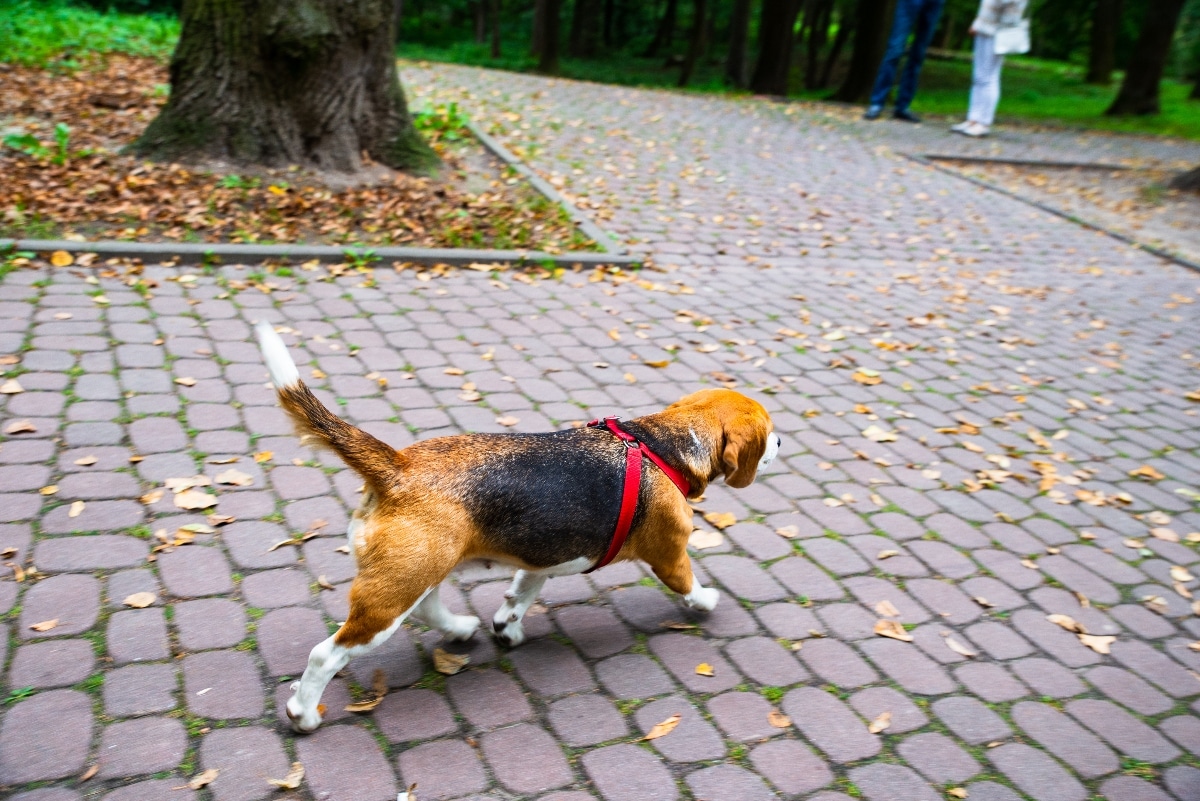 Shuttertstock
Shuttertstock
Dogs are delightful in countless ways, but their signature wiggle walk is one of the most entertaining and endearing behaviors. Many move with an extra bounce or sway that adds a comical twist to each step, turning an ordinary walk into a funny performance. While it’s undeniably cute to watch, there’s more to that wiggling motion than charm alone. Several factors influence this quirky movement, each adding to its unique personality. No wonder they look like they’re auditioning for a dance-off with every step.
Their Anatomy Is a Wiggle Machine
 Shutterstock
Shutterstock
Some dogs are born to wiggle, thanks to how their bodies are built. Breeds like Corgis, Bulldogs, and Dachshunds often have long torsos and short legs, creating a naturally swaying motion when they walk. Their compact stature doesn’t allow for the same fluid gait as taller breeds, so they look like tiny four-legged parade floats wobbling down the sidewalk. Additionally, dogs with broader chests or stocky bodies shift their weight more dramatically from side to side, causing that signature wiggle.
The Booty Bump of Happiness
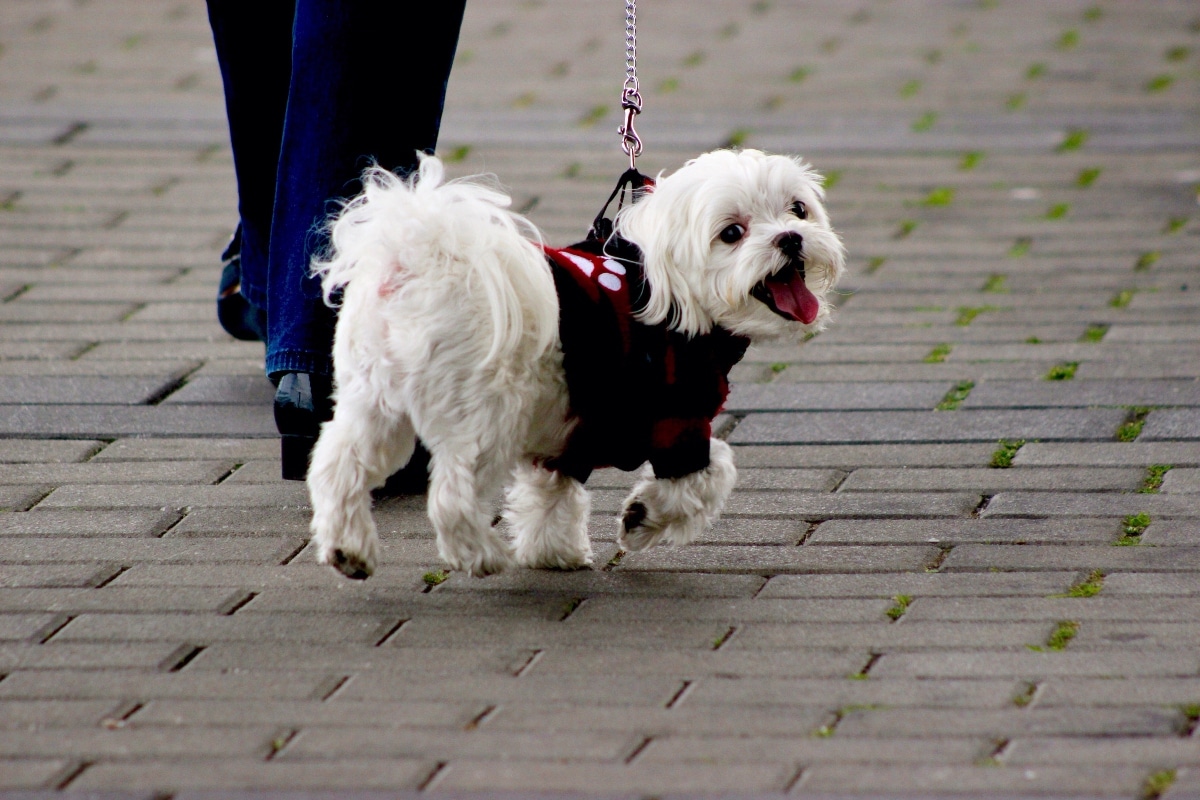 Shutterstock
Shutterstock
One of the most delightful reasons dogs wiggle is pure, unfiltered joy. When a dog is excited or happy, whether headed to the park or just spotted their favorite human, those feelings get channeled straight to the back end. The tail starts wagging, the hips join the dance, and the rear end syncs. Dogs are emotionally expressive animals, and sometimes the best way to show their enthusiasm is through an all-out body wag that turns every walk into a celebration.
They’re Built Like a Lowrider
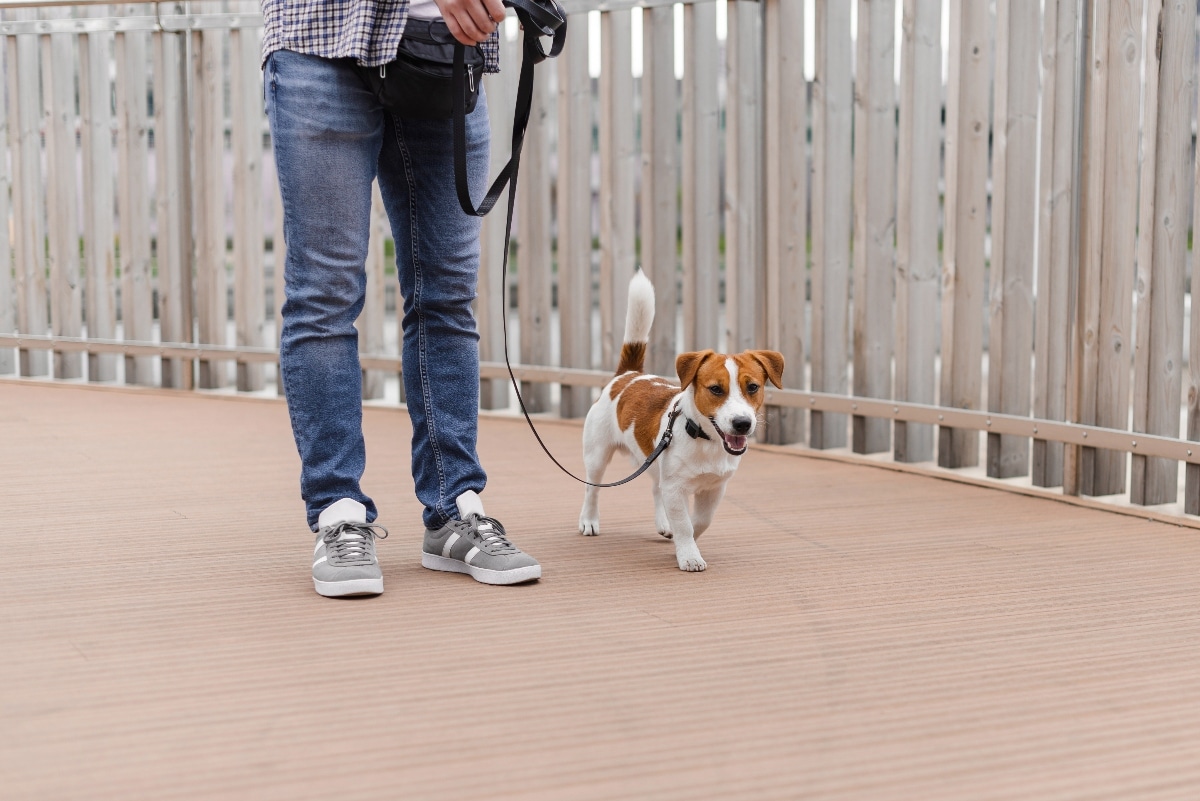 Shutterstock
Shutterstock
Certain breeds, like the Basset Hound or French Bulldog, are built with a low center of gravity and wide-set legs. This build creates a gentle sway when they move, like a four-legged lowrider gliding across the sidewalk. These pups can’t help but put a little rhythm in their step—it’s practically encoded in their DNA. Their unique anatomy limits the range of leg movement, resulting in more trunk movement. And let’s be honest: when a Basset Hound wiggles, it’s hard not to smile.
Puppy Power and Loose Limbs
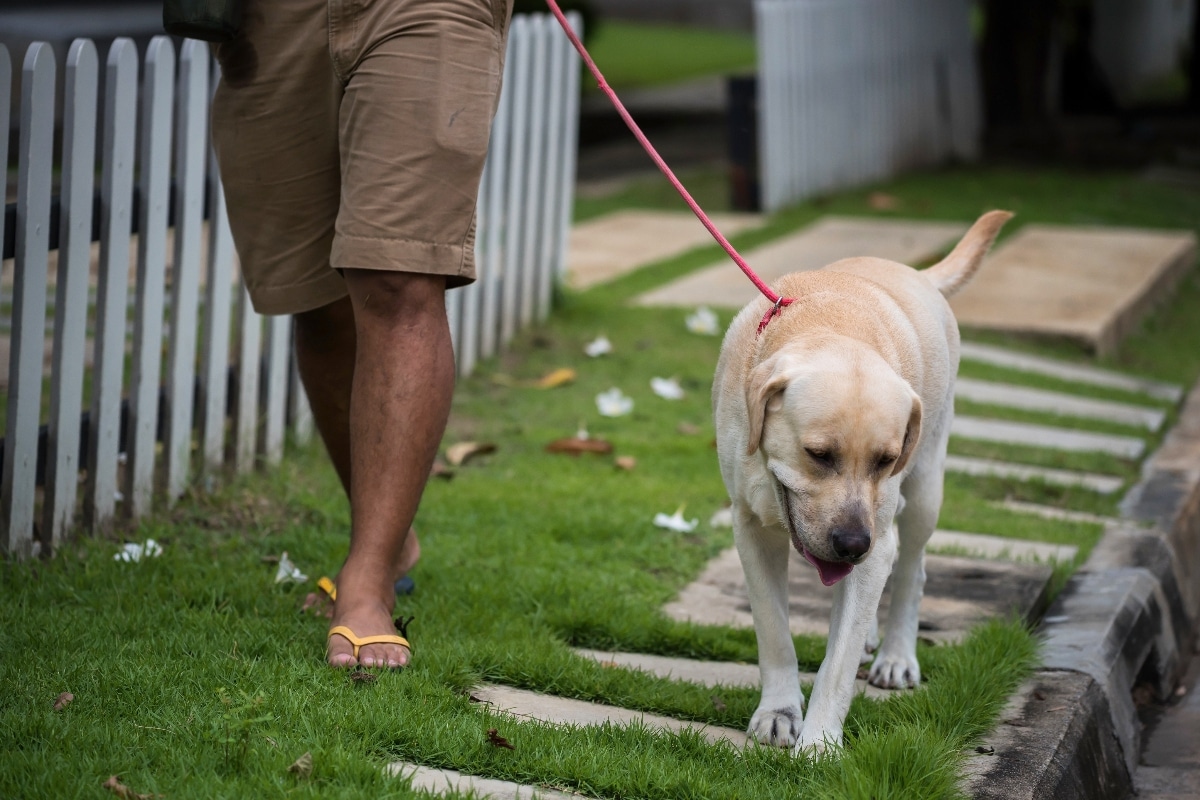 Shutterstock
Shutterstock
Puppies, like toddlers, are still figuring out how to use their bodies. Their ligaments are looser and haven’t fully developed the muscle tone or coordination for a smooth walk. As a result, they tend to bounce, flail, and yes—wiggle with every step. Their brains say “walk forward,” but their bodies do a whole interpretive dance. This wiggle often fades as they mature, but in the meantime, it’s one of the many reasons puppies are so dang adorable.
Wiggle Walks Are a Confidence Thing
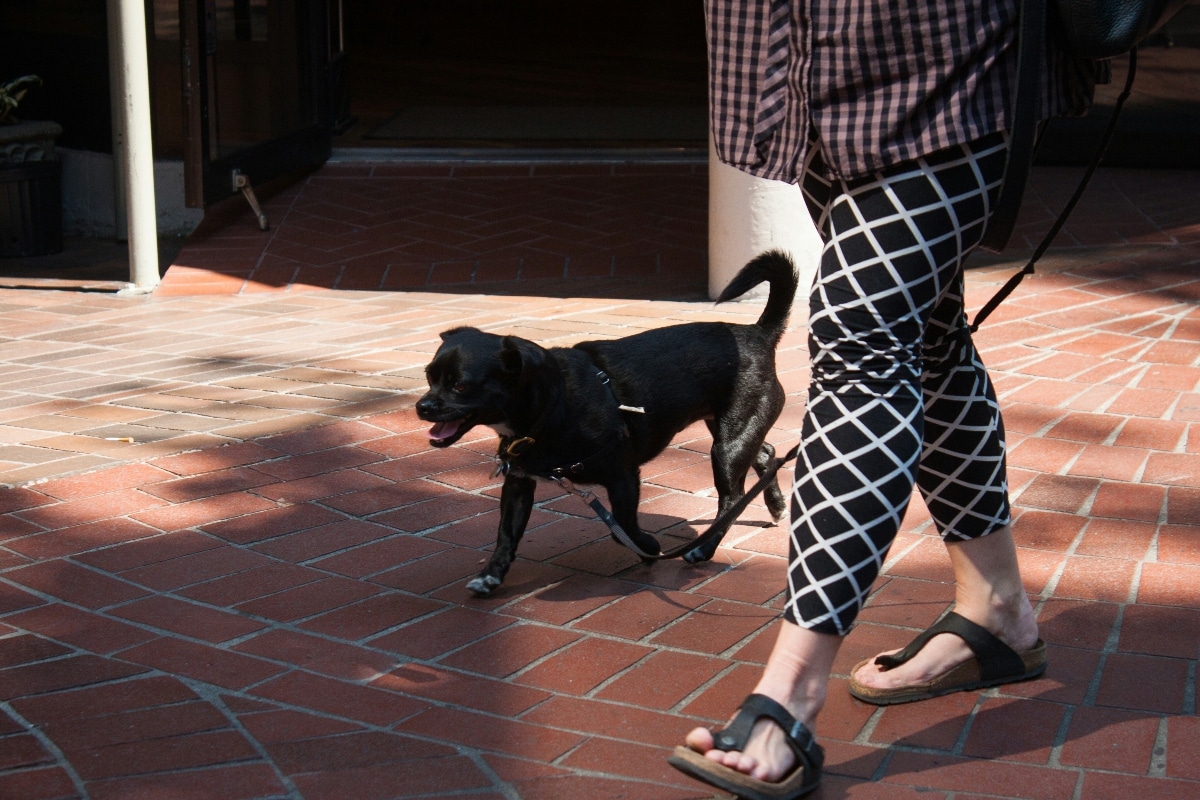 Shutterstock
Shutterstock
Particularly self-assured dogs may strut their stuff like they own the sidewalk. Confident dogs often show off their swagger with head-up, tail-high prancing and rhythmic rear wiggle. It’s like watching a dog model on a catwalk—minus the attitude, plus more tail wagging. This wiggly walk is a natural expression of their personality, and it’s their way of telling the world, “Yes, I am this fabulous.”
Tail Wag = Rear-End Domino Effect
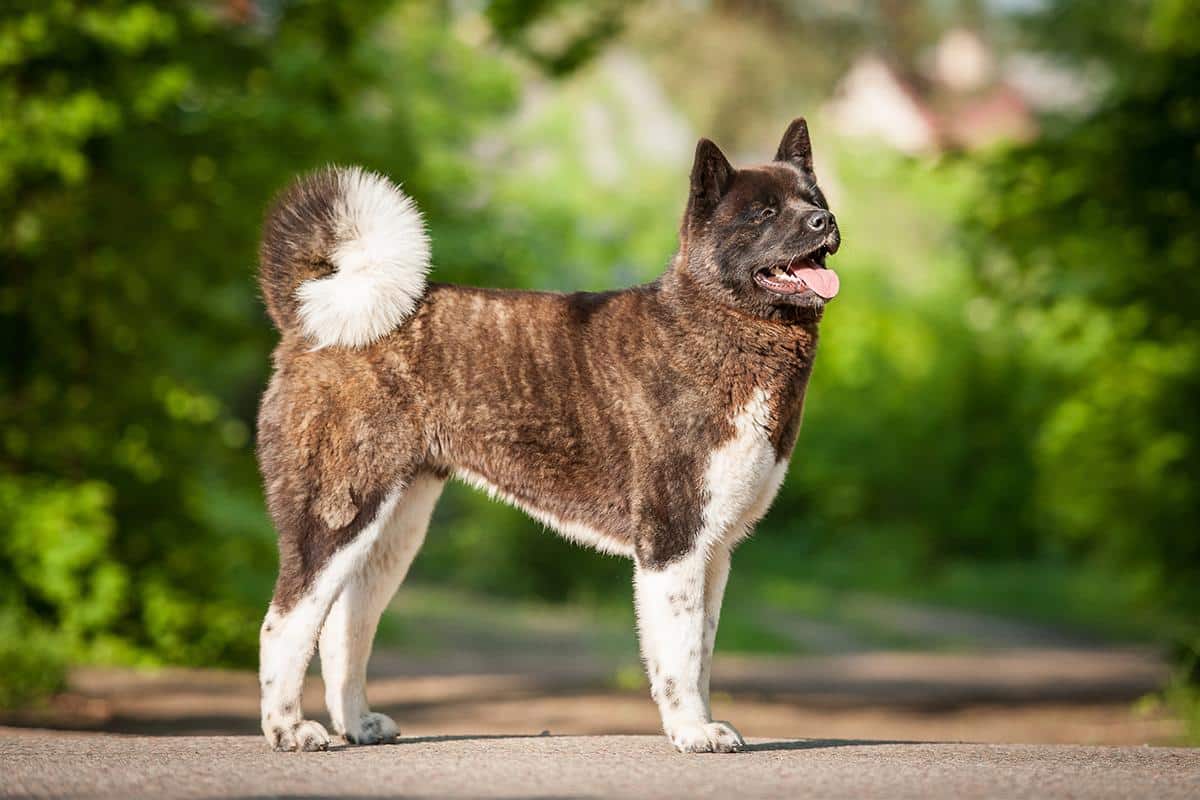 Shutterstock
Shutterstock
Dogs wag their tails with such enthusiasm that it sometimes affects the rest of their body. This is especially true in breeds with thick or curly tails, like Huskies or Akitas. When that tail gets going, the motion ripples down the spine, and before you know it, the whole back end is involved. This phenomenon creates a full-body wag that naturally leads to a side-to-side gait. It’s like watching a conga line of joy start from the tail and end at the toes.
Wiggle of Excitement Overdrive
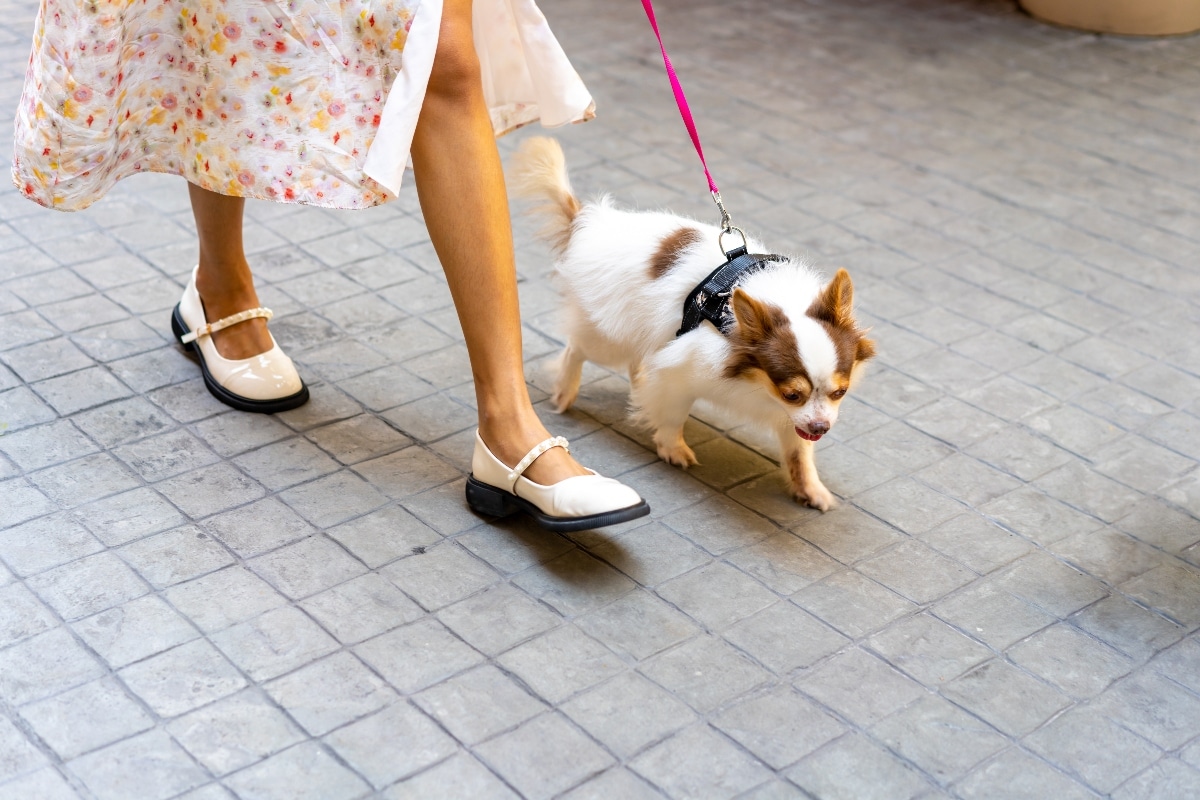 Shutterstock
Shutterstock
If your dog’s walking style seems extra bouncy and wiggly, excitement may be the culprit. When dogs are overstimulated, their energy manifests physically—and often hilariously. That energy has to go somewhere, turning into head tilts, hopping, spinning, and enthusiastic wiggling. Whether it’s spotting a squirrel or knowing they’re heading to grandma’s house, their body becomes a celebration in motion.
Breeds with Built-In Wiggle Swagger
 Shutterstock
Shutterstock
Some breeds are more wiggly than others. Boxers, Pit Bulls, and Labrador Retrievers are known for their high-energy personalities and expressive movements. Their playful nature and muscular builds often contribute to a hip-swaying walk that could rival a runway strut. Some even have what’s lovingly called a “butt wag,” where the tail wag is so forceful it brings the hips along for the ride. It’s breed-specific fabulousness, and it’s glorious.
Health and Joint Factors Play a Role
 Shutterstock
Shutterstock
Sometimes, a dog’s wiggling walk might be due to musculoskeletal issues. Conditions like hip dysplasia or arthritis can cause a dog to shift weight or adjust their gait, resulting in a noticeable sway. While it might look cute, watching for signs of discomfort or stiffness is essential. If the wiggle is accompanied by limping, reluctance to walk, or whimpering, it’s a good idea to consult your vet. Not all wiggles are created equal—some could be a cry for help hidden behind a jiggly exterior.
Wiggle as a Learned Behavior
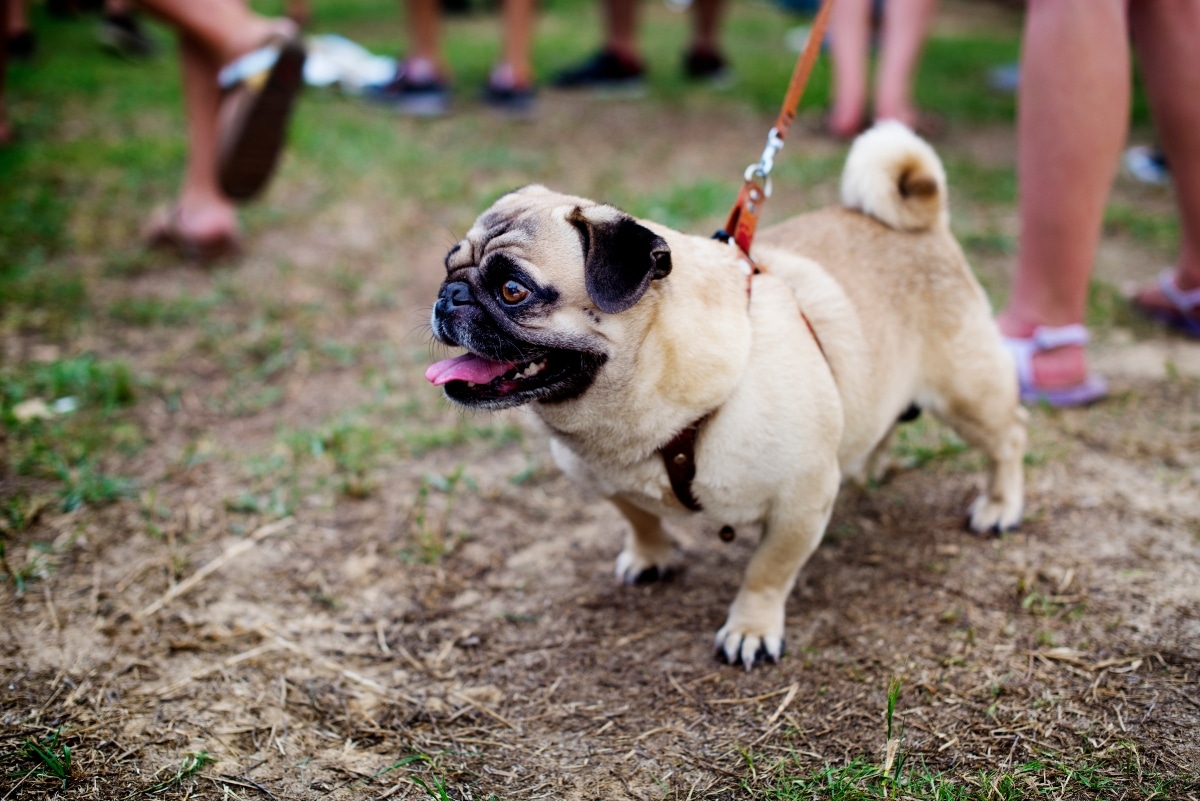 Shutterstock
Shutterstock
Dogs are master observers and quick learners. If a specific walk style gets them positive attention, they will likely repeat it. If your dog has ever been rewarded with laughs, treats, or pets for their cute wiggle, they may keep doing it on purpose. Over time, this reinforcement can shape the way they move. They’re not just walking—they’re putting on a show, and you’re the appreciative audience.
The Waddle Is Their Default Mode
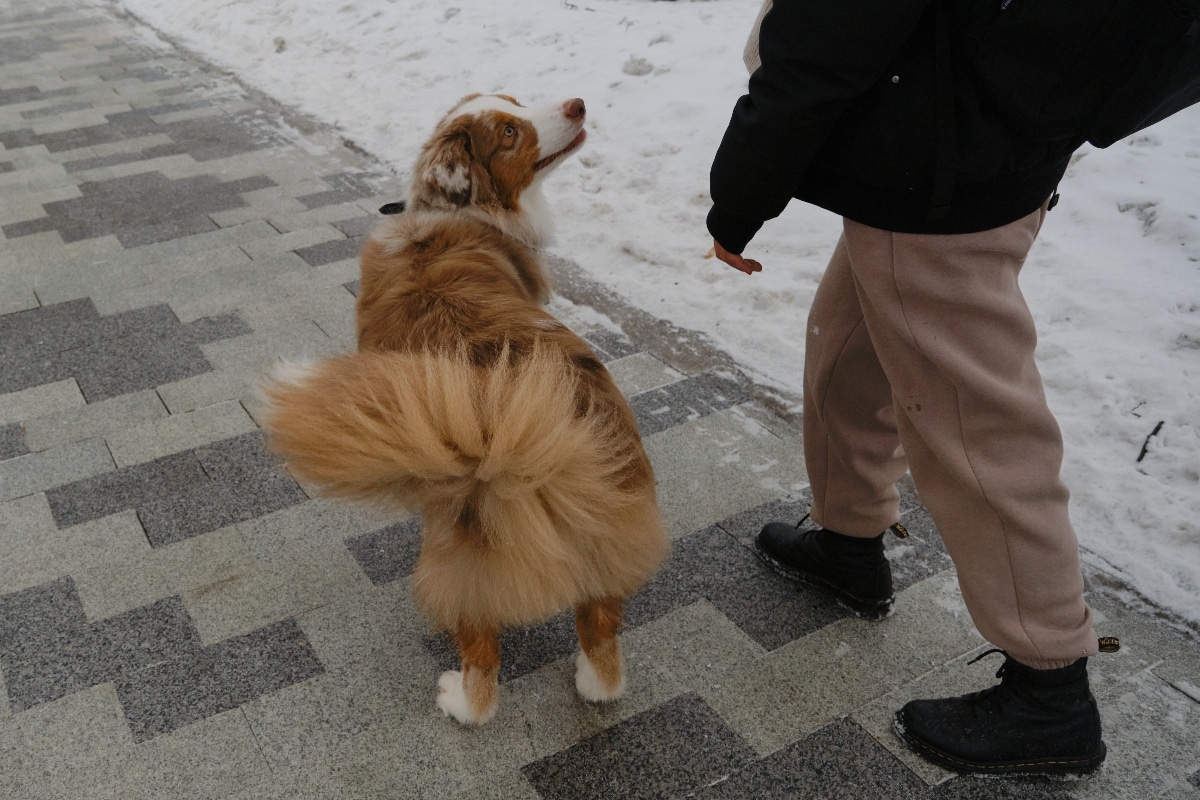 Shutterstock
Shutterstock
Some dogs are… waddlers. These dogs move with a bit more roll in their stroll, whether due to their structure, body weight, or natural gait. Breeds like Pugs, English Bulldogs, and Chows tend to develop this walking style naturally. It’s not discomfort—it’s just their signature strut. Like someone who always walks with a bounce in their step, these dogs add flair to their walk without even trying.
Posture and Core Strength Matter
 Shutterstock
Shutterstock
Believe it or not, doggy core strength plays a huge role in how they walk. Dogs with weaker abdominal or back muscles may not be able to stabilize their bodies effectively, leading to more side-to-side motion. This is especially common in dogs recovering from injury or illness and aging pets. Like humans, a weak core can result in some funky walking styles, though it comes across as a charming dog wiggle.
They’re Trying to Keep Their Balance
 Shutterstock
Shutterstock
Balance becomes a performance art for dogs navigating uneven terrain, slippery floors, or even their oversized paws. Adjusting their gait with a wiggle helps them stay upright, especially for clumsy or fast-growing dogs who haven’t yet figured out where all their limbs go. It’s like watching someone on a tightrope who decided to dance instead of walk. The wiggle isn’t just cute—it’s functional!
The Wiggle Way Of Life
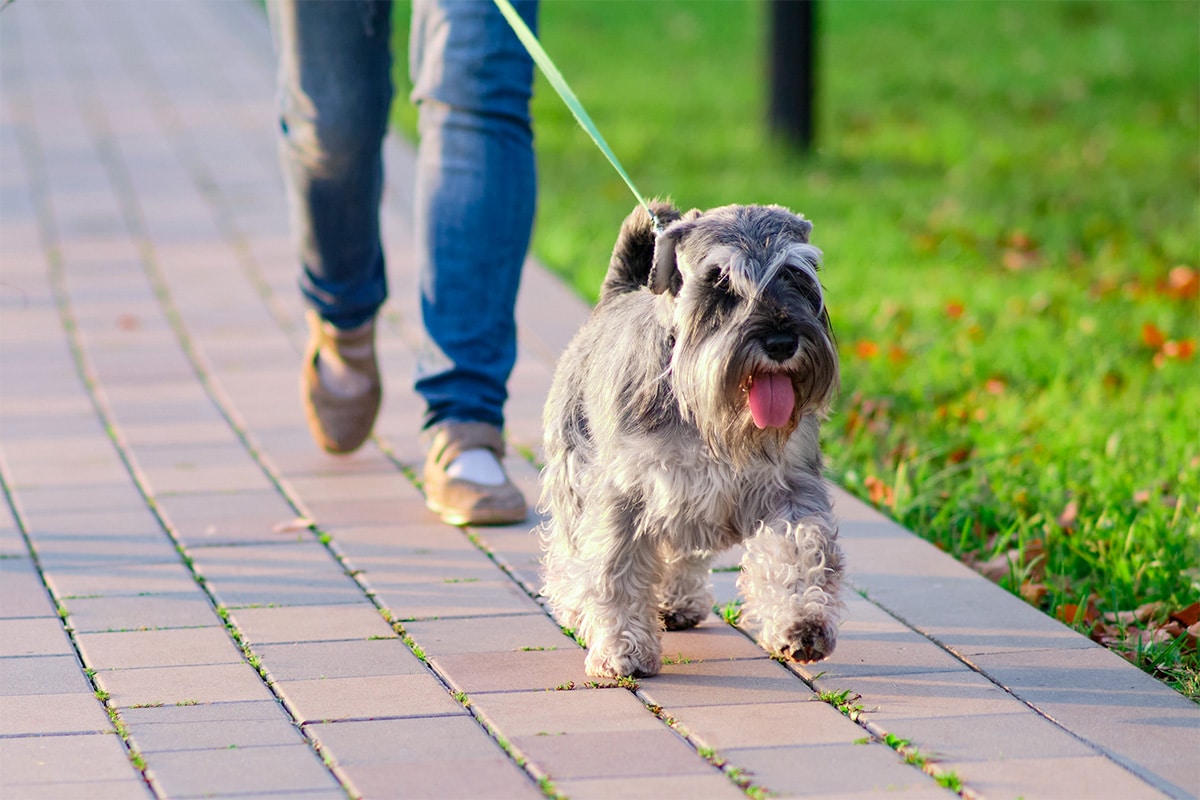 Shutterstock
Shutterstock
Some dogs are just natural entertainers. They move through life like four-legged comedians, full of rhythm, charm, and hilarious personality. Their wiggly walk isn’t always due to breed, bones, or excitement—it might just be their flair. These pups turn everyday strolls into joyful performances, transforming sidewalks into stages and backyards into runways. Every step is a strut, every bounce a burst of happiness. Dogs wiggle simply because they can, and the world is better for it. They keep us smiling, laughing, and loving even more with every wiggle.

 1 month ago
31
1 month ago
31


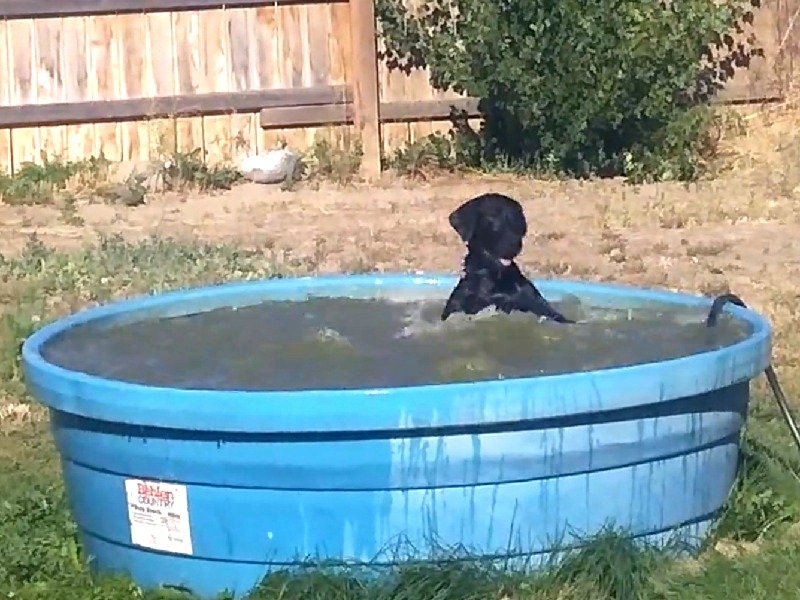



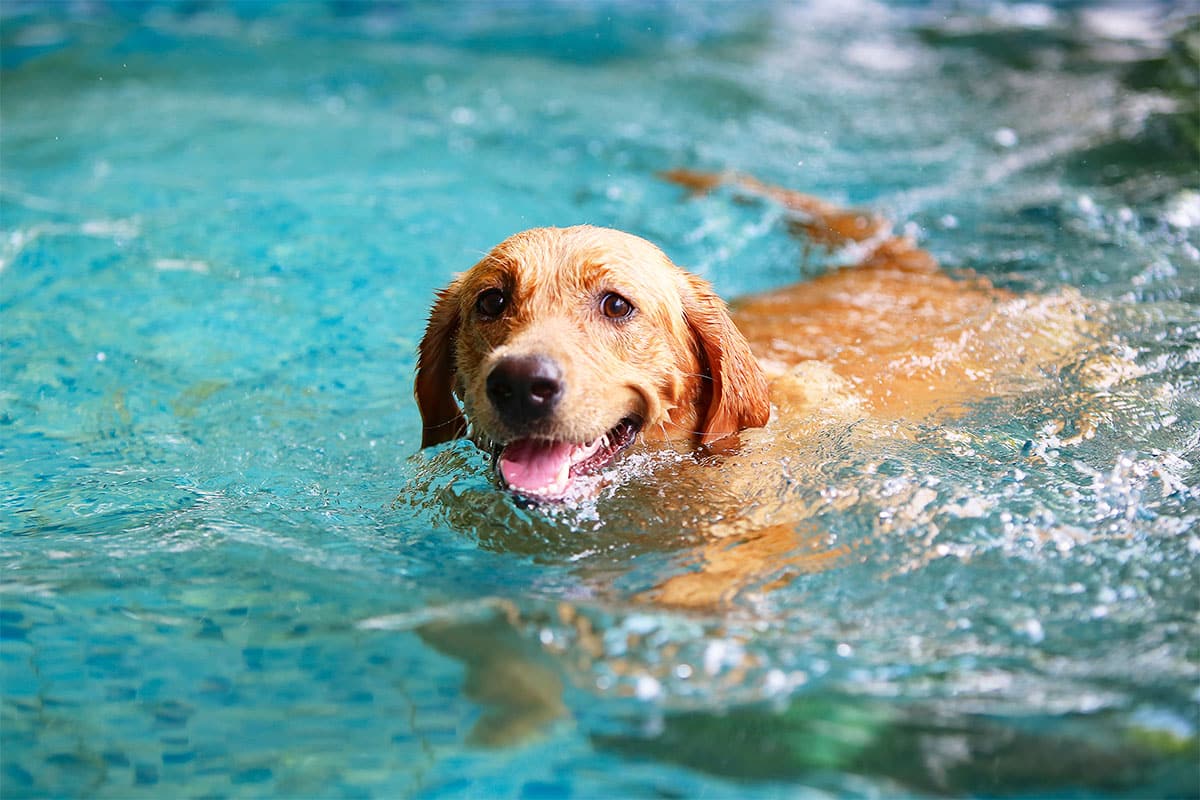
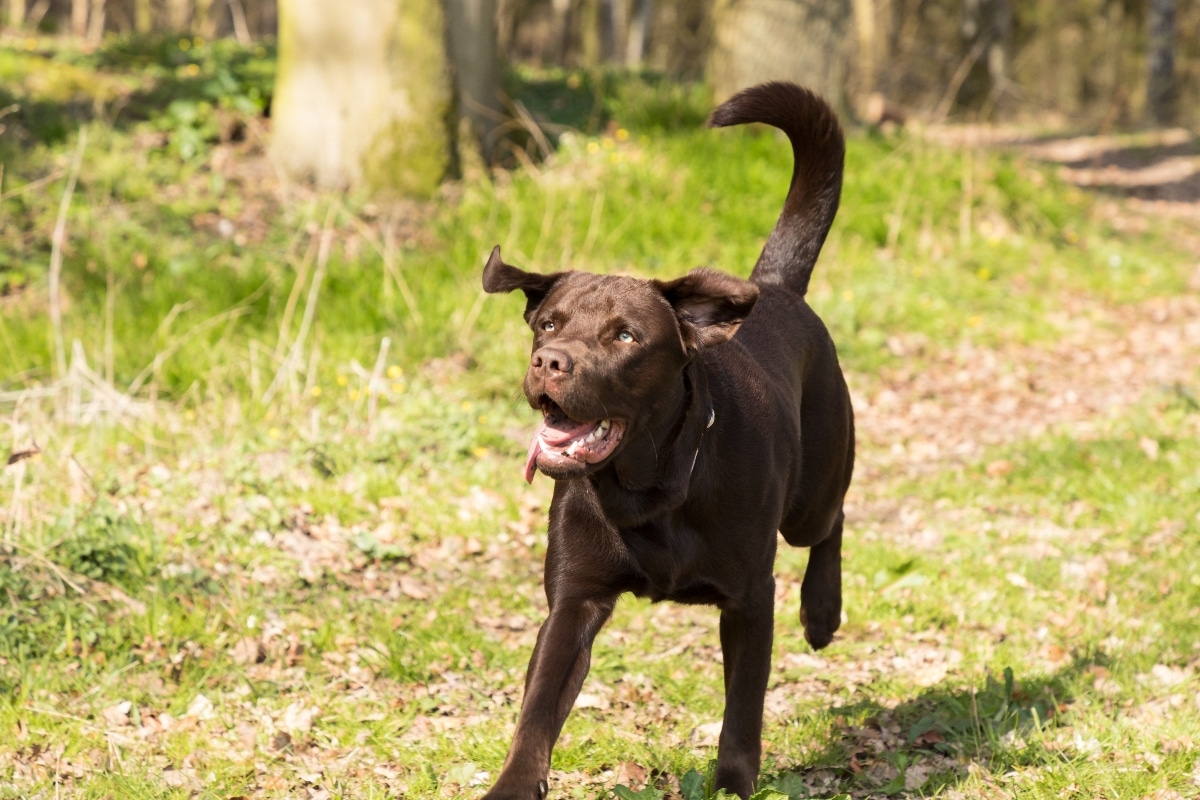
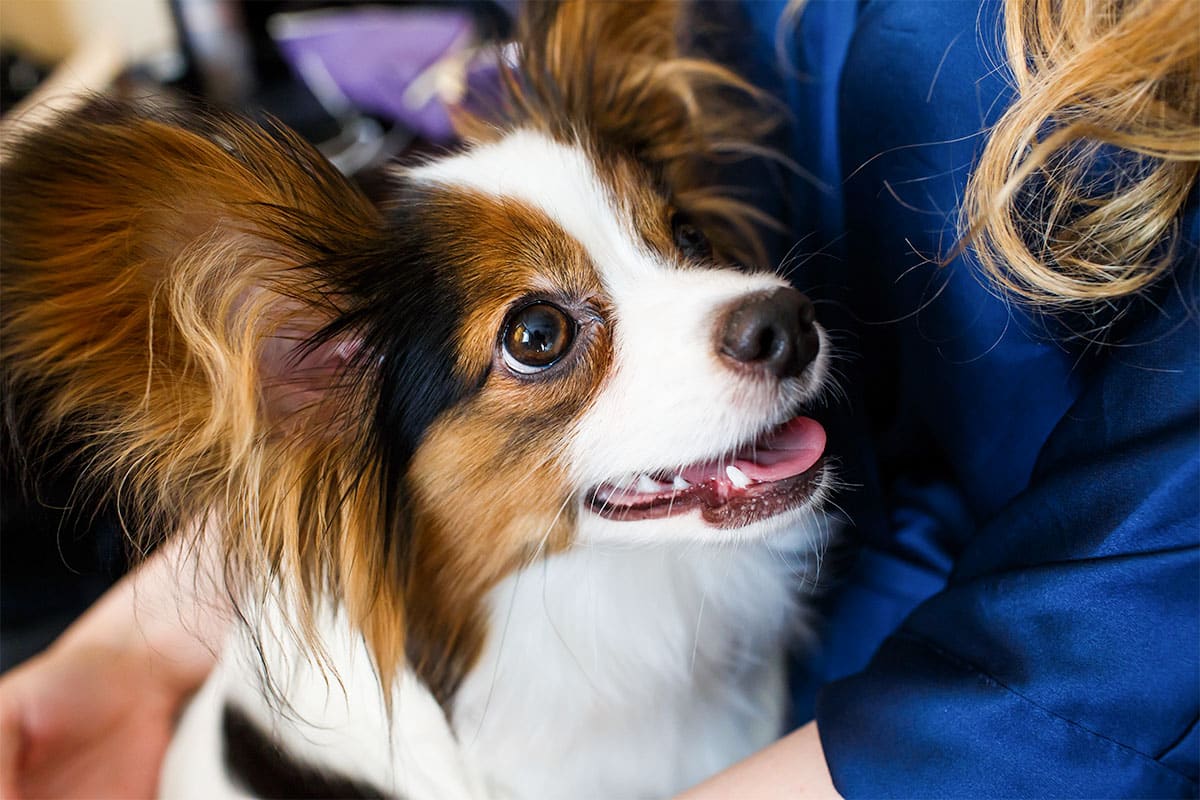
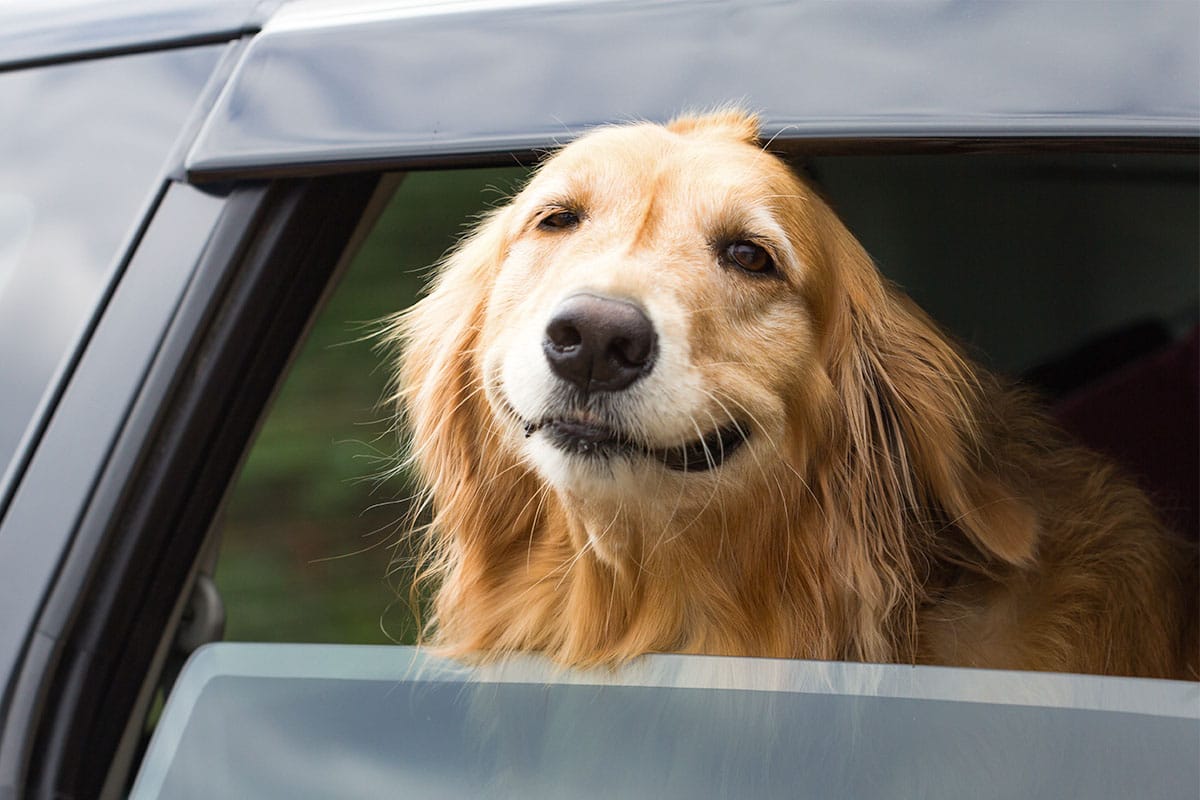


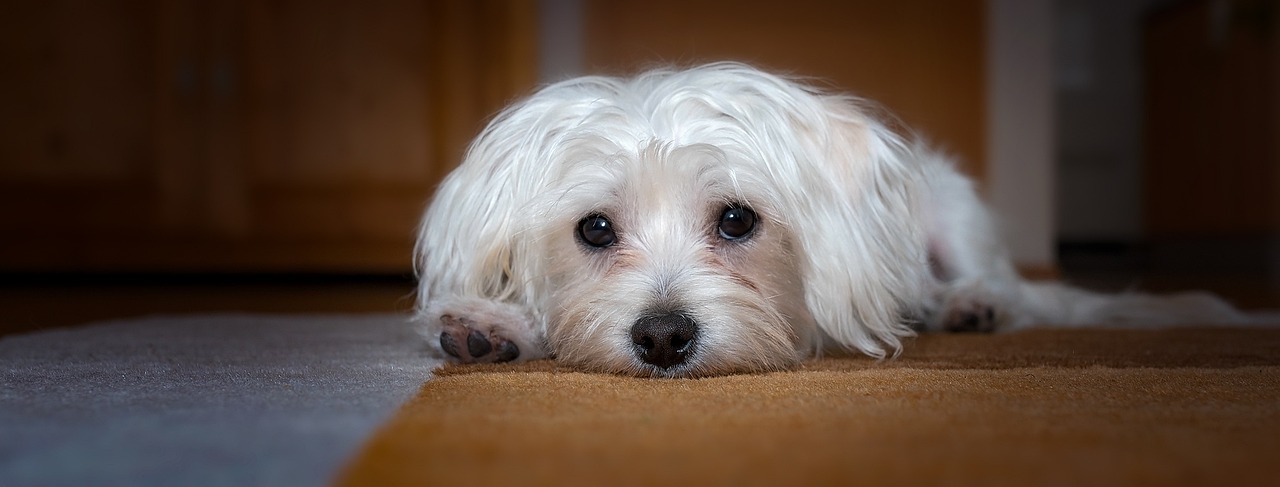
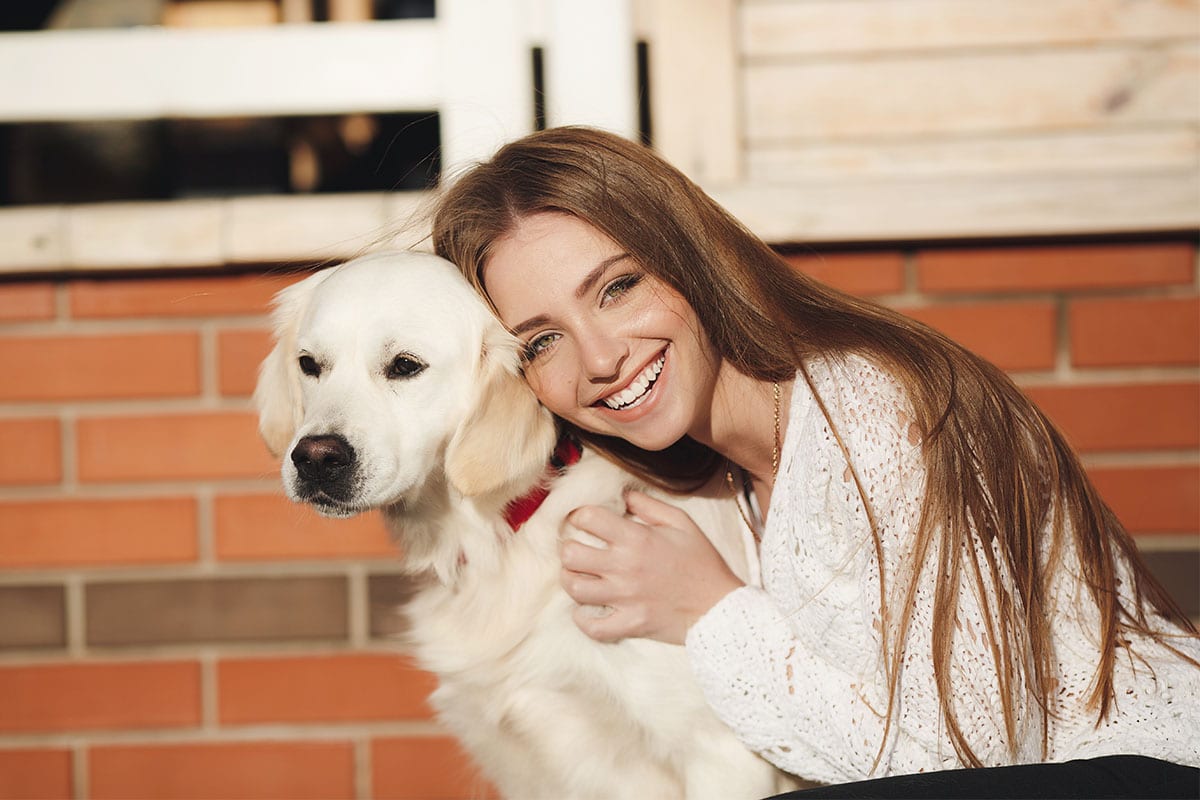
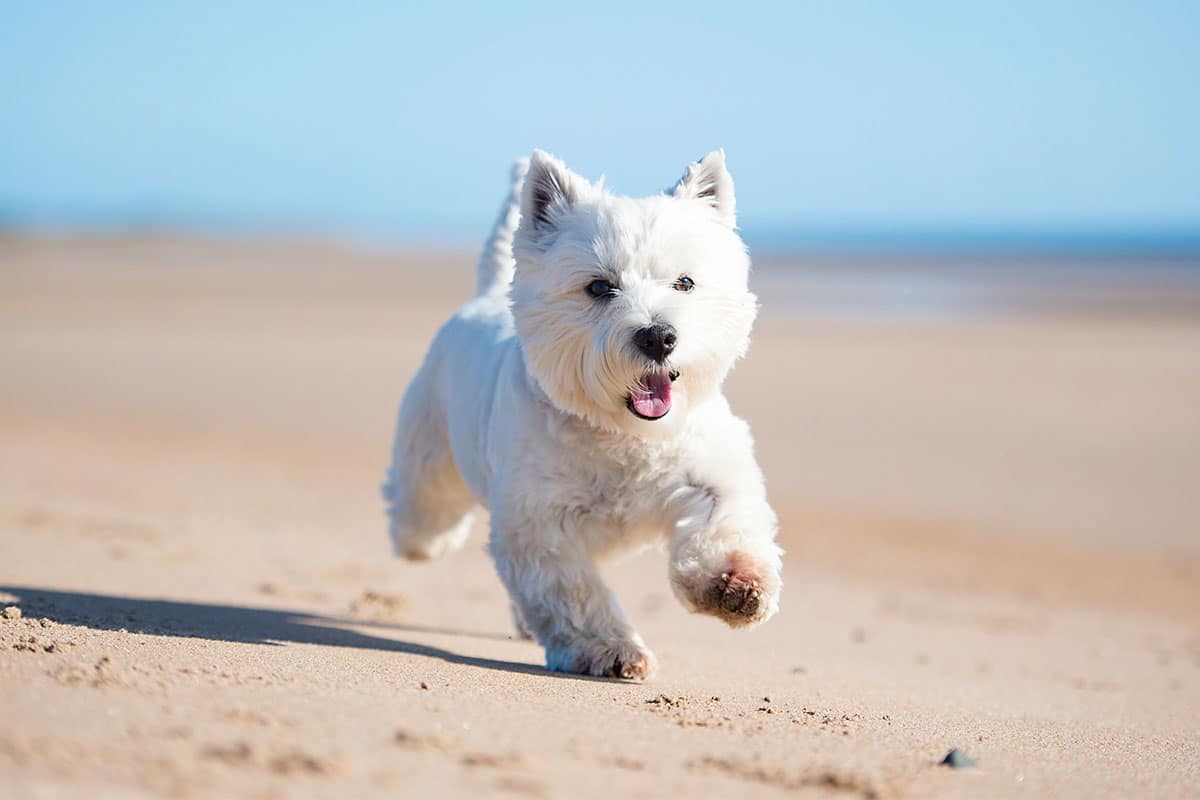
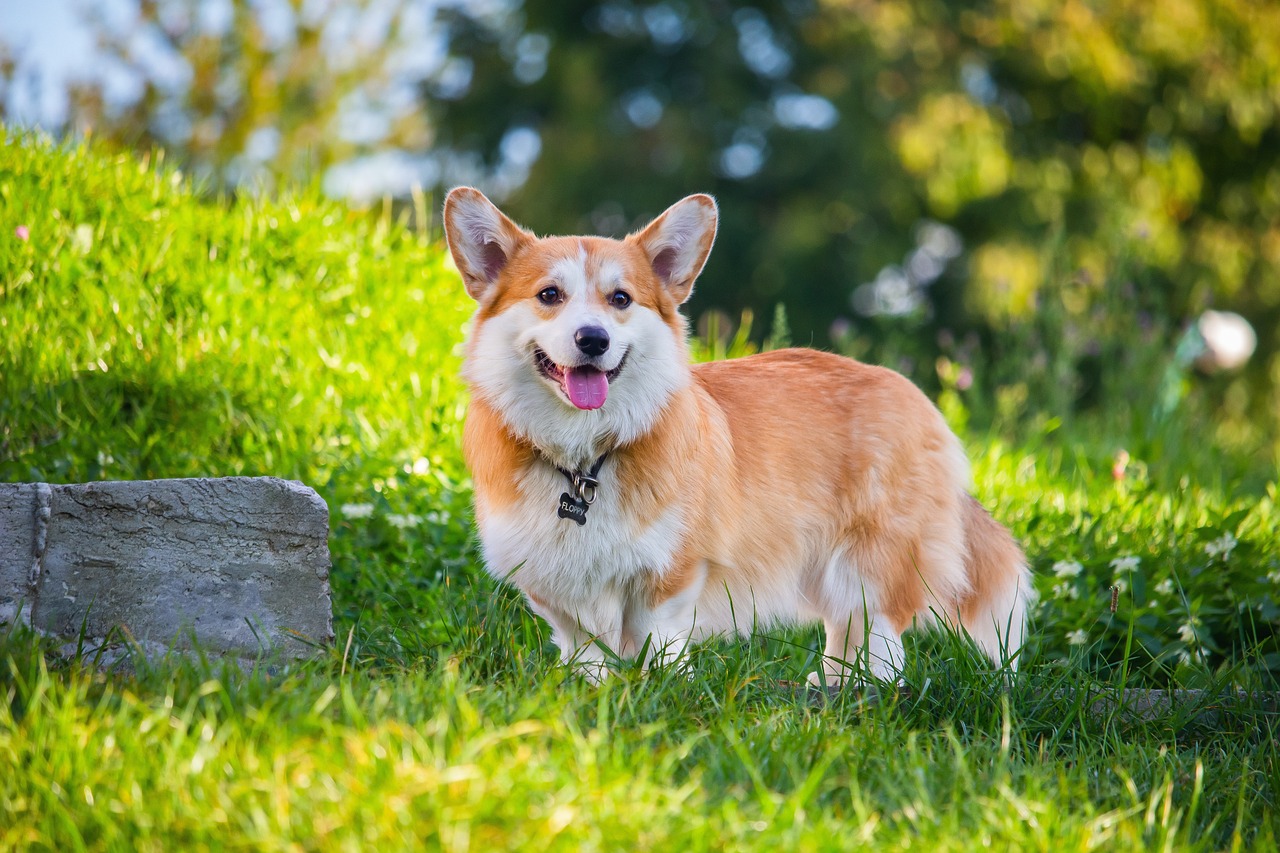
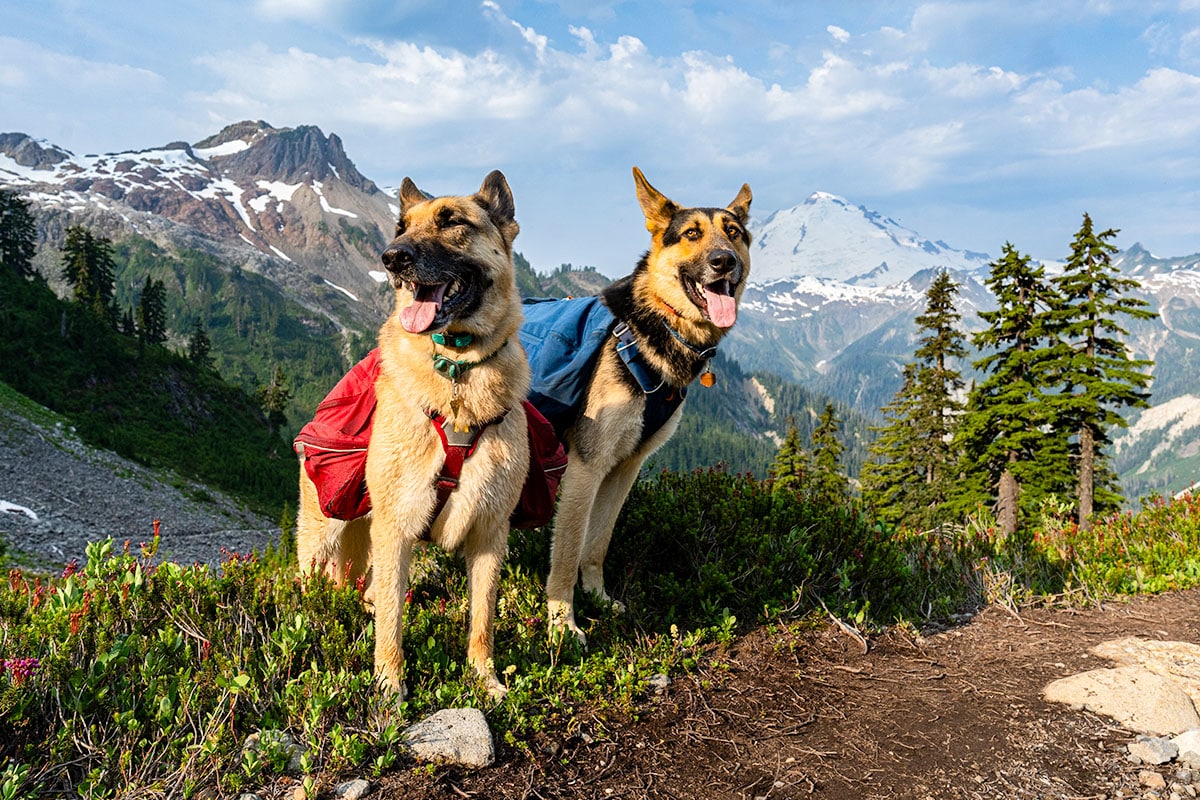
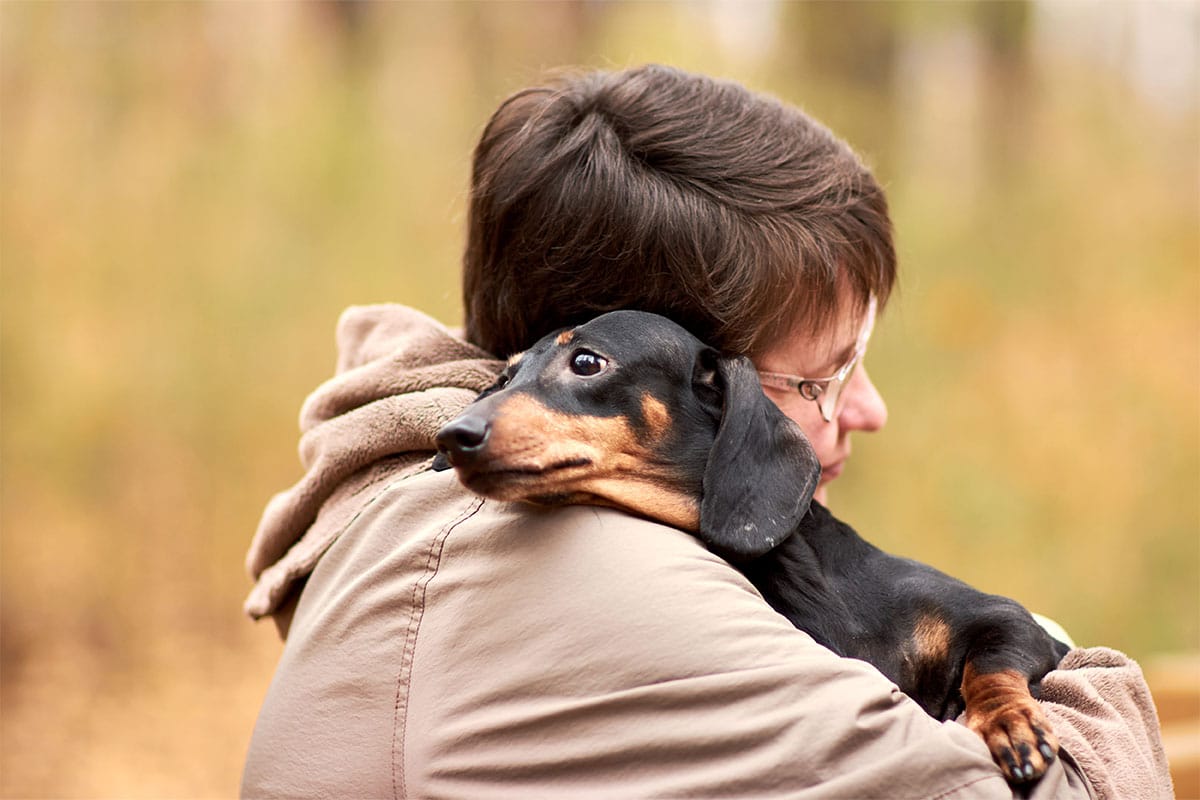
 English (US) ·
English (US) ·